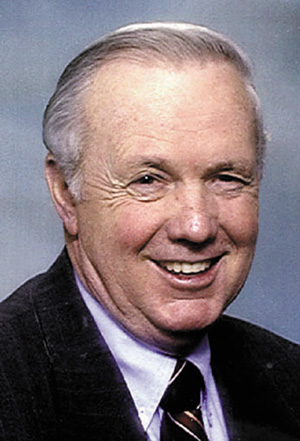No. 1240 -- THE HISTORY OF THE C.C.C.!
No. 1240
Jim Davidson...NEWSPAPER COLUMN
THE HISTORY OF THE C.C.C.!
It has been said that “desperate times require desperate measures.” Today I would like to tell you about a national crisis during the Great Depression and how it was handled by our nation’s leaders.
Let’s go back to the year 1929. The stock market crash saw a drop of 89 percent in its value and plunged our nation’s economy into a tailspin from which it would take years to recover. If this were not enough, a prolonged drought affected most of the country and exacerbated the problem. To be sure, in 1933 when Franklin Roosevelt became president, our economy was in sad shape and income was less than half of what it was four years before. These were the days when hitchhikers were going either way.
Well, FDR developed a plan to put people to work -- you may have heard of the Civilian Conservation Corps (CCC). Looking back this was genius, because it accomplished a good number of things. First and foremost, it put able-bodied young men to work, helped to build character and work ethic, and involved agencies of our federal government. This work project would eventually employ 300,000 unemployed young men to work in our forests. The Labor Department would recruit, the War Department would run the camps, and the Agricultural and Interior Departments would organize and supervise the work projects. The act passed on March 31, 1933, and these CCC projects would last until 1942.
Early on there was resistance, as some thought it was socialism, others thought it would be militarization of labor, and still others thought it was too much like Hitler’s Youth Corps. The real cynics thought it would be too dangerous to put large groups of jobless and resentful men in the woods. Here is the good part that kept these young men humble. They were paid $30 a month, with $25 designated to be sent to a designated family member.
The recruits were told they could expect to use a pick, ax and shovel; pull one end of a crosscut saw; move rocks; build fences; and do other hard labor. They would be provided living quarters, food, clothing and medical care, which included inoculations against typhoid fever and small pox. CCC work projects fell under 10 broad headings: forest culture, forest protection, erosion control, flood control, irrigation and drainage, transportation improvement, structural improvements, range development, wildlife aid, and landscape development.
Each camp consisted of about 200 people. They would start out with tents that would soon be replaced with rustic buildings. Each one typically had barracks, a mess hall, bath houses, latrines, officer quarters and a water storage tank. A wood stove would be in the center of the barracks. Wake-up call was at 0600 and lights out was at 2200. There were three types of camps: Forestry, Soil (to combat erosion) and Recreation (to develop parks and scenic areas.) There were CCC camps in every state in the nation plus Puerto Rico and the Virgin Islands.
The type of camps in each state would depend on the terrain and the typography, and older people have seen their work. Here in my state much of the labor for our beautiful state parks was done by CCC labor – and we are grateful to them. This project helped us move past the Great Depression and we are grateful to all the workers. The total enrollment was three million men and the cost of the project was $3 billion, a real bargain. We got our money’s worth. Thanks to my friend Ron Chastain for supplying information for this column.
---
(Editor’s Note: JIM DAVIDSON is an author, public speaker, syndicated columnist and founder of the Bookcase for Every Child project. Since its inception in 1995, Jim’s column has been self-syndicated to over 375 newspapers in 35 states, making it one of the most successful in the history of American journalism.)
